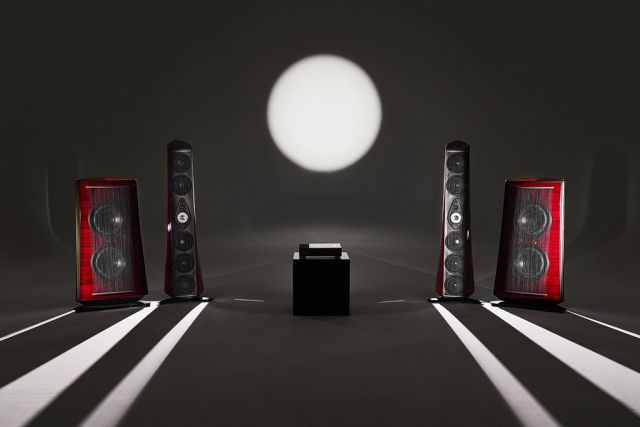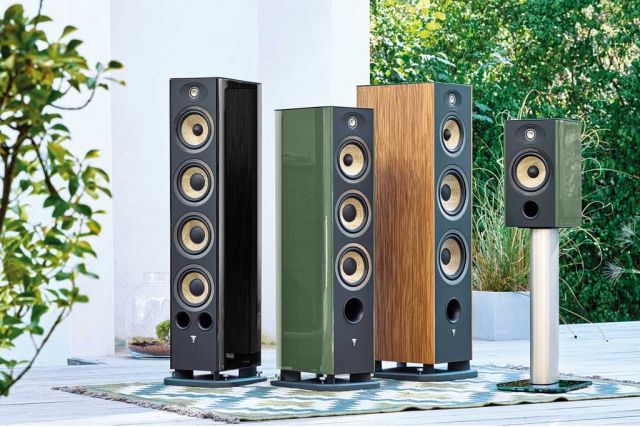
- Interviews
- Posted
Manfred Diestertich & Dieter Kratochwil - Audio Physic
Audio Physic is one of those companies driven by consequence, consistency and obstinacy. It's not the world's biggest loudspeaker manufacturer, but every audiophile must have heard of it at some point. German speakers are often treated as a reference in terms of resolution, dynamics and soundstage, and not without reason. No loss of fine detail - the company's slogan - can be found not only on the front of every Audio Physic speaker, but also in its sound. Not long ago almost every model in the catalog was upgraded to "25" version to celebrate company's 25th anniversary. Another five years flew by and to honor these three decades of chasing perfection, the designers gave us something really special - Cardeas 30 Limited Jubilee Edition - which might actually be as perfect as it looks. Majestic floorstanders are limited to just 30 sets, and the first one just arrived at our listening studio. But first, we got a chance to meet its makers - Manfred Diestertich and Dieter Kratochwil.
Usually I do a little research before the interview, but this time it was pointless because I'm quite well oriented in Audio Physic's offer. For a long time I used their speakers in my personal stereo system, and even after that I reviewed new models on a regular basis. Some facts for those who don't know anything about Audio Physic? The company's headquarters is located in Brilon in the heart of the Sauerland region, which is characterized by its picturesque slate-roofed houses. The town is well-known as a popular location among hikers. The company was established by Willi Hegener, who is still one of its proprietors, and Joachim Gerhard in 1985. Manfred Diestertich has been responsible for Audio Physic's sound and design since 1999, helping the company to introduce a multitude of innovations to the field of loudspeaker construction. Dieter Kratochwil joined Audio Physic in 2003 and helped the medium-sized company to establish a new position in the market.
30 years of making loudspeakers seems like a long time. How did it all start?
Audio Physic started as a typical garage company, or a kitchen company I should say. As if often happens, its founder, Joachim Gerhard, didn't like the sound of most speakers available on the market back then so he decided to modify them quite heavily. At the time ProAc Tablette monitors were very popular so he took the drivers from this model, applied his modifications, made a completely new cabinet and crossover and apparently the result was more than good. That was about 32-33 years ago and after 2-3 years of making modified speakers, Joachim decided to start his own company with his friend - Willi Hegener. Willi owned a hi-fi shop in the region, so for the first years he was Audio Physic's exclusive dealer. The first official product was the Tempo bookshelf speaker which for many people was better than ProAc Tablette, and that was really quite a big achievement. Then Willi had to take care of his other business and Joachim stayed alone for about 5-6 years. Manfred joined Audio Physic somewhere around this time so he knows the company very well. At one moment, Joachim started having some health problems, so after some time he decided to sell the company to get better. Even though he wasn't fully cured, he started another company very quickly. It wasn't so successful, but he's a talented designer so he made some very good speakers. We met him last year in Munich, sometimes we meet at the bar and he's always saying we did the right thing and maintained the Audio Physic sound so I guess he's happy.
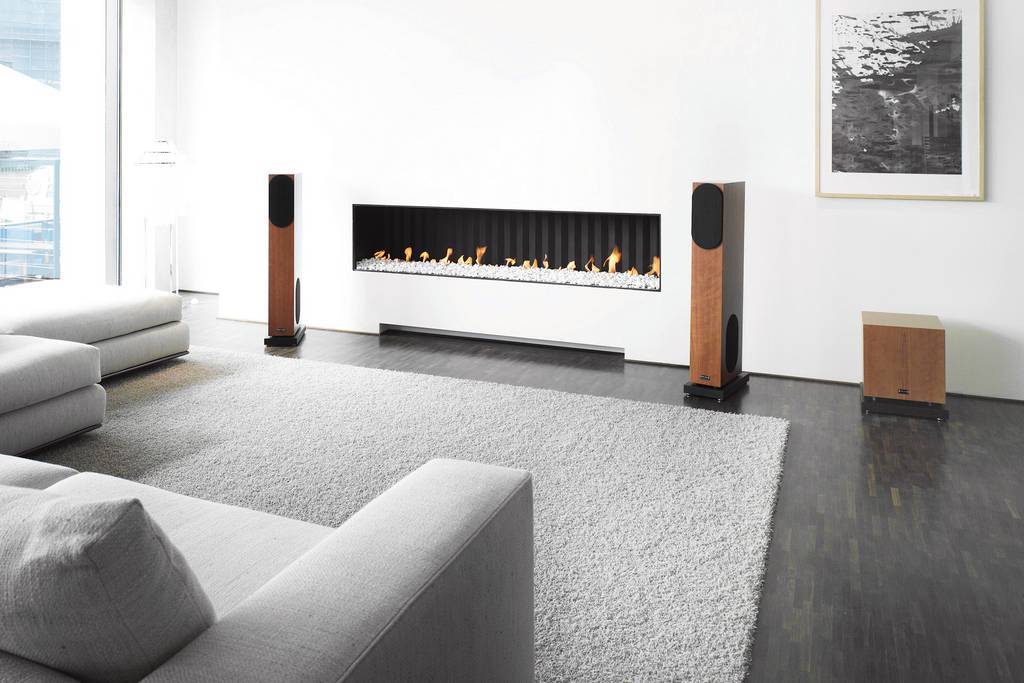
What was the most important thing for the company in those early days?
Our sound is and always has been all about the details and soundstage. In the beginning the speakers weren't very neutral, but they had some very strong points and that's why people liked them. Joachim and Willi started building them in the kitchen, then it was the kitchen and the sleeping room, then after some time the company took over the kitchen, sleeping room and a small garage, so in early 90s they moved to another place where they had all the space they needed for building and testing their speakers, plus a small office. In 2003 they moved to another building and now we're expanding the factory with another building, next to the first one. The number of employees grew from 2 to about 20 people. Two of them are from Poland, there are some brothers and sisters as well so we have a lot of family business going on.
For the 30th anniversary you decided to give us some very special speakers. Can you tell us more about the Cardeas 30 Limited Jubilee Edition?
Yes, this is our flagship model which will be built in a very small series of 30 sets, each one with its own individual number. The one we brought to you is the very first, but the whole concept is based on the current Cardeas Plus model, which for the 30 LJE version has been modified in some areas. In terms of dimensions and technical parameters both models are exactly the same, however in the Cardeas 30 LJE we have exclusive Black Ebony High Gloss and Rosewood High Gloss veneers, Black High Gloss aluminum front and bottom plates, Modified HHCT III tweeter, exclusively modified VCT+ terminal, VCF V Magnetic feet and exclusive Clarity Cap capacitors with copper foam technology. In short, the special edition of our flagship speaker looks and sound a little bit better than the base model, plus only 30 sets will be made so it's a very, very exclusive product designed for no-compromise audiophiles who want to have the best speakers we ever made.
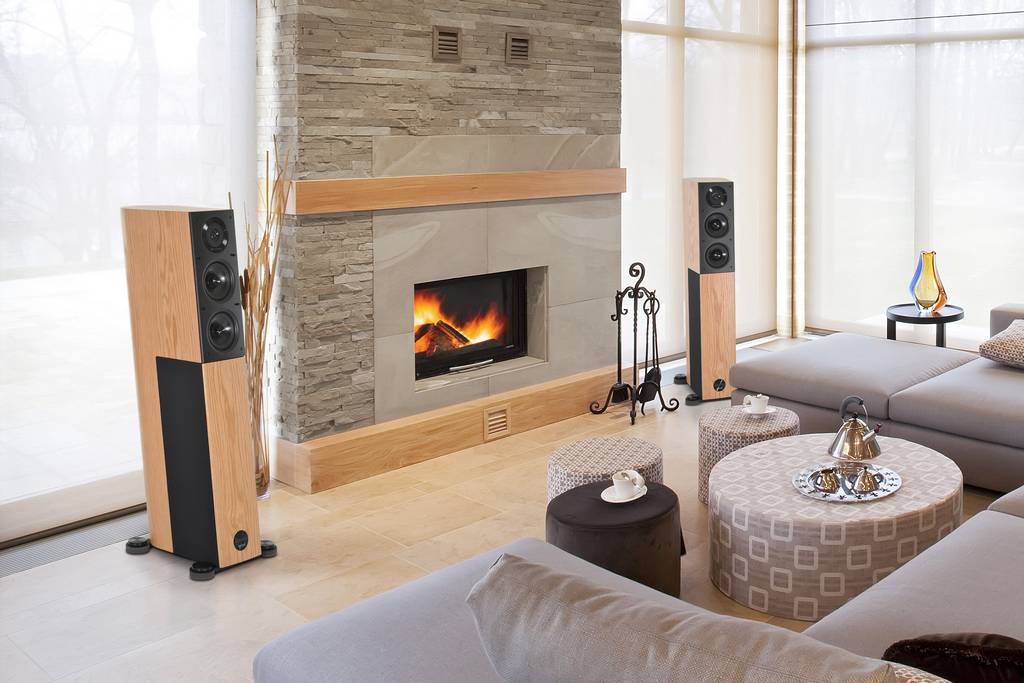
Five years ago your flagship and entry-level models looked very different, but now you can find many similarities even between the Cardeas 30 LJE and the Classic 10. Of course the performance is different, but in terms of design you seem to have achieved some uniformity. Am I right?
That's true, in fact one of the very important decisions for me to take when I joined Audio Physic was to our product family to complete lines. We used to make single speakers which used different drivers, looked differently, the technology was similar just up to a point, so we decided to make the whole series of speakers to fit every room and every stereo or multichannel system. The first series to be oriented at home theater systems was named Yara, and you have to remember that home theater systems were very popular back then. Now people are moving back to classic stereo systems, but they still need speakers of different sizes, prices and looks. Ultimately we would like to have a catalog which would be like a one big series of speakers which look pretty similar, but are designed for different rooms and if you choose the right size, you then have like three levels of performance to choose from, which of course depends on the price. Perhaps now we will have the Classic line and the Jubilee line, and with every model there will be some substantial improvements. You see, we believe that the customer has to know why they should invest in more expensive speakers, that there is a reason for paying more. And that reason is always the sound quality, which they can clearly hear.
So you want your customers to start with the room size and acoustics, and then choose between, let's say, the Classic 20 and the Virgo 25?
Yes, the original idea was to start with the room size, so in every series we had speakers to fit every room. You could tell one of our dealers how big listening room you have and what's your budget for the speakers and they were able to pick a single model which was perfect for you. We still want to do it this way because we feel that by doing so, our customers will be satisfied with their choice of speakers. But still the dealers needed to explain why different speakers use different technologies. We get a very good backup from them.

How much do you listen to your dealers?
Well, when it comes to the sound, we don't listen at all. But when they tell us about the sizes, finishes and some other details, we listen and try to do what they require. We did this with the Classic line with glass panels for example. These speakers look good and sound better than wooden boxes. The reason is that the glass panels are held in place by elastic, damping glue layer, so the resonance frequency of each material is different. The glass also doesn't let the unwanted resonances to go outside of the cabinet. When we performed the first listening tests, we were angry we didn't make speakers this way a long time ago. Of course with those glass panels you only see the outside of the speaker, but inside there is the whole MDF cabinet as it should be, with all the damping materials and so on. Now we use the ceramic foam which is 90% air so you can use less material and still get very good results. For one experiment we even designed a whole cabinet which was made of ceramic foam, we just had to seal it from the outside. But it's a very expensive material and nobody would pay so much for the speakers made in this technology. We can use the ceramic foam in critical areas to make the sound better. These are the things you don't even have to be aware of when you look at the speakers in the store or listen to them, but if you like to go into small details like this, our dealers will tell you everything they know, and on our website you will find cross-sections of every model with points and arrows explaining where all the critical components are.

I guess that the most important among these components are the drivers. You used to buy them from well-known Scandinavian suppliers, but now in all Audio Physic speakers we find your own custom-made drivers. Are they better than the ones you used before?
We always wanted to improve our speakers, to go beyond what we already had. And after some time you realize that using the same drivers everyone else can buy straight away is the key limiting factor. Having perfected the cabinets, crossovers, cables, terminals or even anti-resonance feet in your speakers, you have to start thinking about better drivers. At one point we were talking with Vifa, Peerless and Seas to make our own drivers. The first one to pull it off was Seas - they made the driver to our specifications and its first prototypes were quite good, but we didn't like their approach because they didn't want to go any further with this. For example we were quite clear we wanted two baskets - the outer one which will be very strong, and the inner basket which would be there just for the damping. They didn't understand this idea at all and said they had very good single baskets. Then we found a company named Wavecor. They understood what we had in mind, they were extremely cooperative, besides they are excellent engineers. Also the business deal is very good for us because the tools for making the drivers are actually owned by us, so we are very happy with this cooperation.

The first listening impressions when you got your own drivers?
Exactly what we had in mind. You see, you always have your dreams, your intentions about what's going to happen and then if everything goes to plan, it just happens. Of course you always have to polish some details, work a little more to get exactly what you wanted, but the result was pretty much as we intended. Now that we make all the speakers with Wavecor, it means the sound is seamless, all the frequencies come from similar diaphragm materials, so the sound is neutral. Our idea is that people shouldn't listen to woofers, midranges and tweeters - they should listen to music. That's why we created the cone tweeter, where you don't actually hear its own characteristic. If you go to the concert, you don't listen to all the different frequencies, you listen to music as a whole. In the Yara line we accepted that the drivers will have a little bit of their own character, but this was only for the entry level. With the more expensive speakers, we want to make them sound coherent and neutral.
So why not use a coaxial driver?
We tried that in one of our most expensive speakers - Kronos and Caldera. Coaxial drivers are interesting but we don't like the idea of joining two drivers completely with each other, because it makes the whole back-end of the driver very complicated, especially when you take a closer look at their magnets and coils. That's why Caldera used a tweeter suspended in front of the midrange unit. It wasn't easy to make but it had some very good points. Perhaps we will go back to this one day. We make a lot of experiments and we still keep some ideas in our secret room. So perhaps you're right - maybe one day we will see coaxial drivers in Audio Physic speakers again.
What other speaker manufacturers do you respect the most? If not at Audio Physic, which company would you like to work for?
There are many manufacturers we respect for some reasons, but it's hard to say which would be the one because is a company is successful, it's successful for a reason. And that reason is - they must make good speakers. B&W, Focal, Wilson Audio... Everyone has their ideas which clearly work. But for us, working for someone else wouldn't be so easy because we always have our own ideas and we just like doing everything our way. Luckily we have a very good insurance so if there's a fire, flood, earthquake or if a meteorite hits our buildings, we have nothing to worry about.
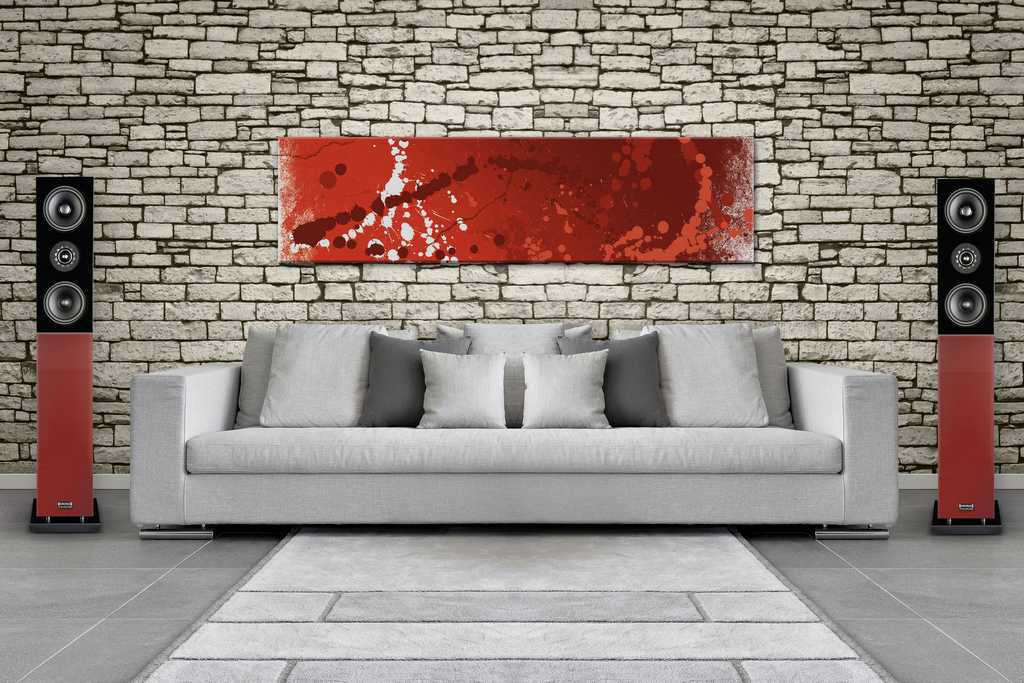
How popular are your speakers around the world and which market is the most promising right now?
We have about 40 distributors worldwide, and for a long time we've had very good sales figures in Europe, Asia and America. Russia could be much stronger, but here the politics come into the game and we can't do anything about that. We have a very good partner in Russia, but their hands are tied. We also have very good connections in the US, but they have lots of very good American products so it's not easy to sell a lot of speakers there. We are happy with what we achieved but of course we want to keep growing. As Dieter once said, we are not one of the giants, but we want to be the giant among the smaller companies.
Are you considering making something like wireless speakers or headphones?
That's a very interesting question because we had this idea to make our headphones, and that was because of our cone tweeter. In order to succeed, we would have to work out all the details we didn't make before. With wireless speakers we were thinking about it, but we think the problem is the transmitter box. With Dynaudio or Triangle wireless speakers you have to connect your sources to this little black box, and we don't want that. We are waiting for when the wireless transmission will deliver very good sound without any in-between devices, so you could play your music straight from a phone or tablet. The technology is catching up because on one hand you have better quality in wireless transmission, and on the other - switching amplifiers which nowadays are very good. If you treat them well, they can deliver very good sound. Some of them sound like a very good controlled tube amplifier. Give them 2-3 more years and it will be very hard to hear that it's a switching amplifier. If both these technologies reach a certain level of performance we are waiting for, we will be happy to make our first truly wireless speakers.

